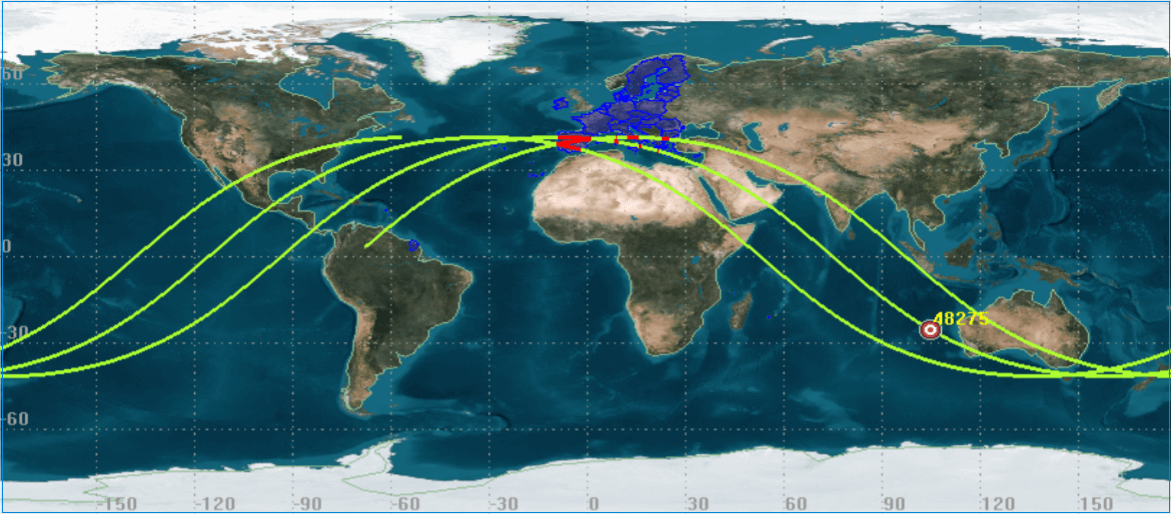In the days leading up to May 9, 2021, all eyes were on a 21-ton, 30-meter section of a rocket hurtling towards Earth. Space objects usually disintegrate when entering Earth’s atmosphere, but the sheer size of this debris gave greater cause for concern.
Observers were faced with two significant challenges: uncertainty about whether the rocket would break up completely on re-entry into the atmosphere and the difficulty in accurately predicting where any surviving parts might land.
Agencies around the world followed the path of the object carefully in the days preceding re-entry. The large space object, labelled CZ-5B R/B (2021-035B), was the booster stage of the rocket launched on April 29 this year carrying the first section of China’s space station, Tianhe (Heavenly Harmony). It was one of the largest pieces of space debris to approach Earth in recent times.
For the safety of land, people and infrastructure, it was crucial that the rocket section, orbiting Earth at about 29,000 kilometers per hour, (www.forbes.com) was tracked and that its behavior on re-entry was closely monitored and accurately analyzed. The final hours before re-entry were crucial. Before then, the best possible prediction for any surviving parts was a wide section of Earth running from southern regions of Spain, Portugal and Italy down to Australia – between 41 degrees north and 41 degrees south.

Accurate tracking data ensures safety on the ground
From a location in Italy, a Multi-Frequency Doppler Radar from Weibel tracked the object, providing valuable data to enable the best possible estimation for the expected re-entry location and time.
Aleksandar Grgic, Director Space Solutions at Weibel, comments:
“The Weibel long-range tracking radar enabled the Doppler variation of the spinning Chinese rocket booster section to be captured as it passed over Europe. The Weibel radar provided highly accurate TSPI trajectory readings and accurate data for analyzing the object’s tumbling rate, which helped narrow down predictions for its entry time and position. This was particularly important as the debris made its final approach.”
Building global Space Situational Awareness capability
About 150 tons of space debris re-enter into the atmosphere each year, with most falling into the Pacific Ocean. Despite a very low incident rate, there is growing concern about the potential of large objects to cause damage on Earth. In one example, various media reported building damage by falling space junk on the Ivory Coast in 2020 (www.theguardian.com).














